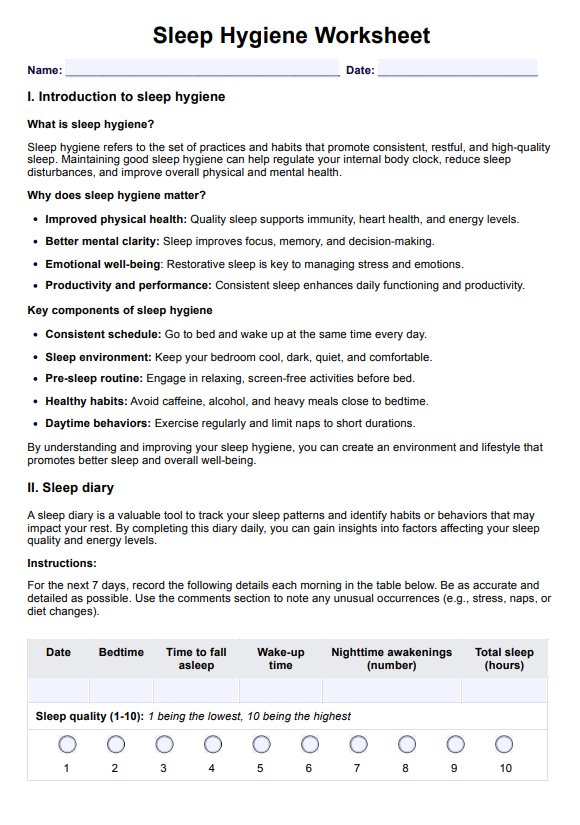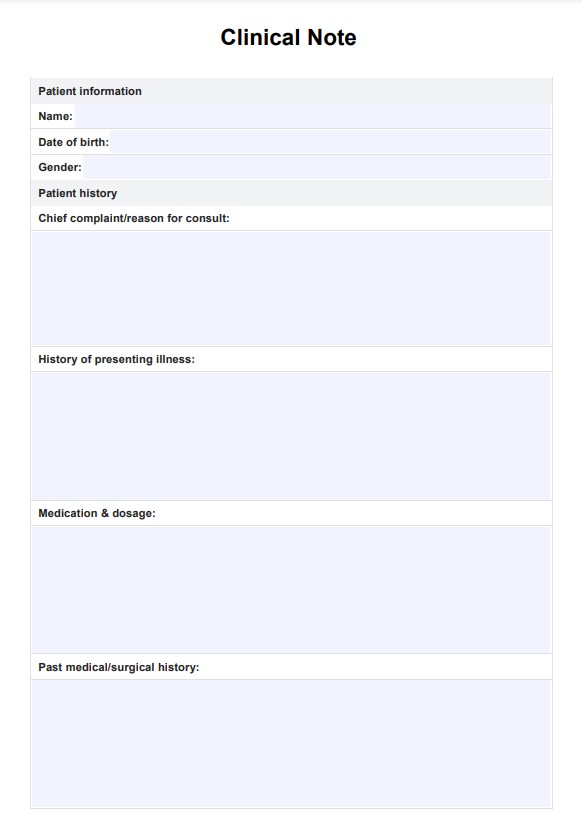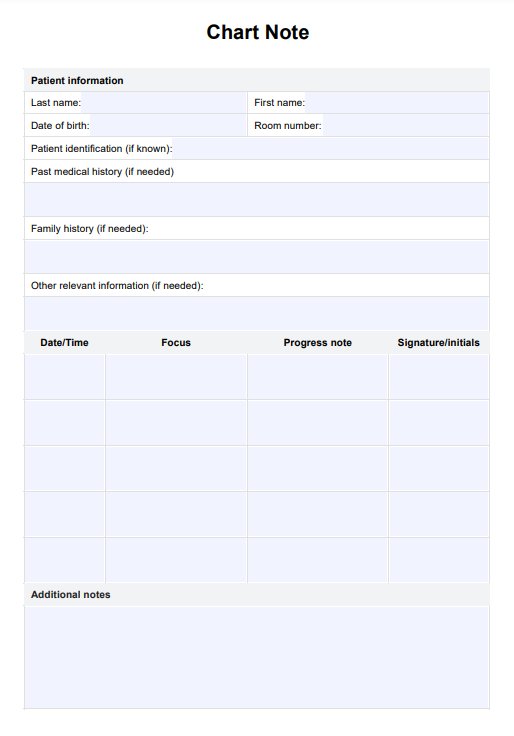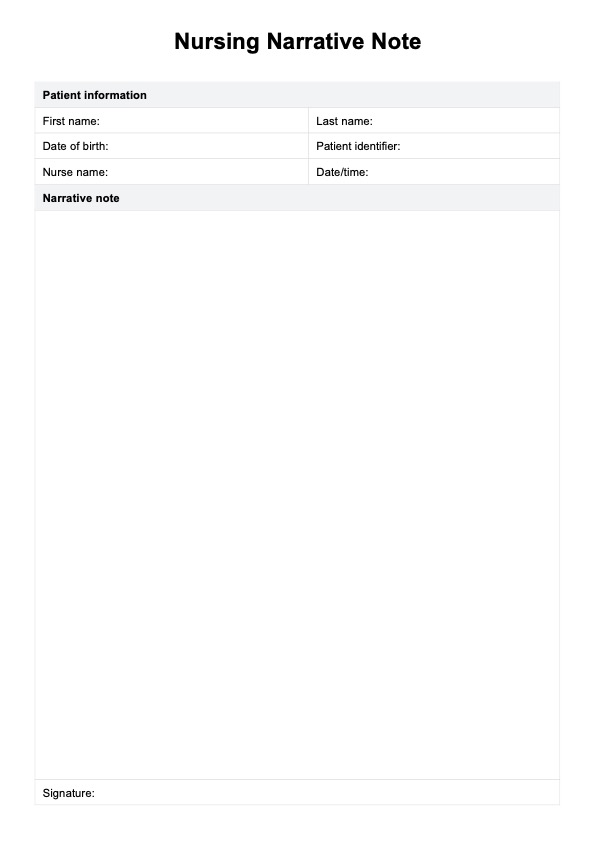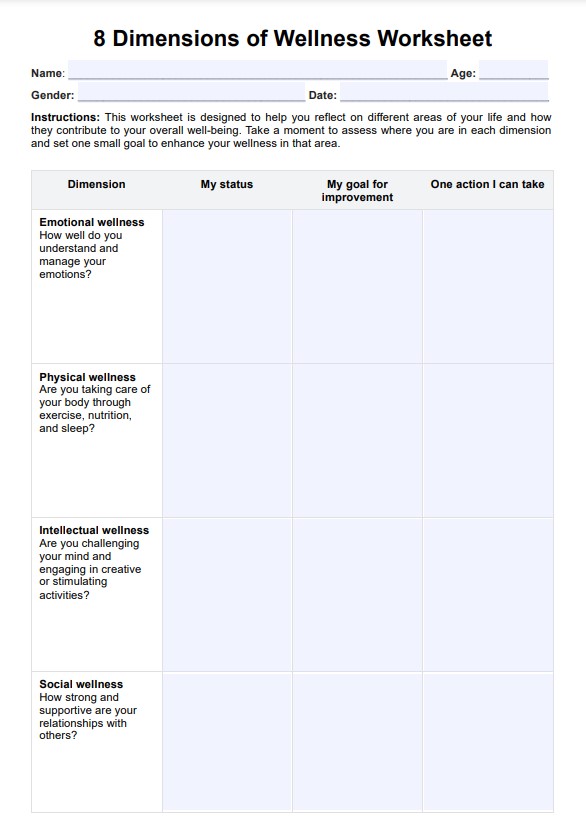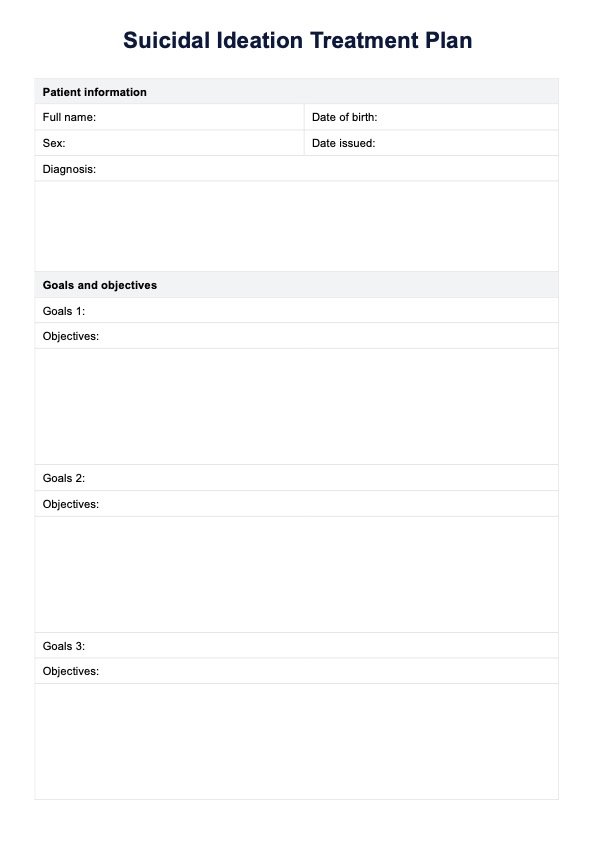Disability Rating Scales
Enhance your ability to determine functional limitations for patients with precision and accuracy using Disability Rating Scales. Improve patient care today.


What is a Disability Rating Scale?
Disability Rating Scales (DRS) are an essential tool in healthcare used to assess an individual's degree of disability or impairment across various domains of functioning. These scales are particularly useful in clinical settings, providing quantifiable measures of a person's limitations and helping healthcare professionals, therapists, and caregivers understand and address their needs.
DRS includes several domains relevant to a particular condition or population, such as physical, cognitive, emotional, and social. These domains may include daily living activities, mobility, communication skills, pain perception, cognitive abilities, emotional well-being, and more. A numerical or descriptive score is assigned by systematically evaluating an individual's performance in these areas, indicating the level of disability or impairment they experience.
The use of standardized Disability Rating Scales offers numerous advantages. They provide a consistent and objective measure, allowing for easier comparison of individuals' functioning over time and between different healthcare providers. Moreover, these scales can aid in treatment planning by identifying areas where intervention is most needed, tracking progress, and adjusting interventions. They also serve as valuable tools in legal and insurance contexts, determining eligibility for benefits or compensation.
DRS scores can identify the severity of a person's disability, help healthcare professionals understand the nature of their limitations, and plan interventions accordingly. Furthermore, DRS scores are useful in determining eligibility for various services, including disability benefits and vocational rehabilitation programs.
Disability Rating Scales are an essential aspect of healthcare that provides standardized, objective measures of an individual's functioning, allowing for better understanding and addressing their needs.
For further information on and their significance in clinical documentation, you can visit the Carepatron website.
Disability Rating Scales Template
Disability Rating Scales Example
How does it work?
Disability Rating Scales (DRS) offer a systematic approach to evaluating an individual's level of impairment or disability across different areas of functioning. Here's a breakdown of the steps involved in using these scales:
Scale Selection
Choose the appropriate Disability Rating Scale based on the individual's condition, age, and needs. Different scales are tailored to various conditions, such as physical disabilities, cognitive impairments, mental health issues, etc.
Domain Understanding
Familiarize yourself with the domains or categories covered by the chosen scale. These domains include mobility, self-care abilities, communication skills, cognitive functions, emotional well-being, and social interactions.
Administering the Scale
- Introduction: Explain the purpose of the assessment to the individual or their caregiver, emphasizing the importance of accurate and honest responses.
- Observation: Observe the individual's performance in real-life situations relevant to the assessed domains. Note their level of independence, difficulties, and any adaptations they use.
- Questioning: Ask specific questions about each domain to gather additional information about the individual's experiences and limitations.
- Scoring: Assign scores or ratings based on predetermined criteria for each domain. These scores can be numerical (e.g., 0 to 4) or descriptive (e.g., minimal, moderate, severe).
Score Aggregation
Combine the scores from different domains to calculate an overall disability rating. This rating objectively measures the individual's functional limitations and impairment.
Interpretation of Results
Compare the obtained disability rating with standardized guidelines or benchmarks the scale provides. This comparison helps determine the severity of disability and its impact on daily life.
Treatment Planning
Utilize the obtained scores to guide treatment planning and intervention strategies. Focus on addressing the domains with the highest levels of impairment to enhance the individual's overall well-being and independence.
When would you use this Form?
Disability Rating Scales provide a valuable tool for various practitioners to systematically assess and quantify the level of impairment or disability experienced by individuals. These scales offer a structured approach that aids in understanding the extent of functional limitations across different domains. Here are several scenarios when using Disability Rating Scales becomes highly relevant and beneficial:
- Clinical Evaluation: Medical professionals, including doctors, nurses, and therapists, can employ Disability Rating Scales to comprehensively evaluate patients' abilities, aiding in accurate diagnosis, treatment planning, and tracking progress.
- Rehabilitation Planning: Physical therapists, occupational therapists, and rehabilitation specialists can utilize these scales to identify specific areas of impairment, allowing them to tailor rehabilitation programs to address deficits and promote functional recovery.
- Geriatric Care: For caregivers and geriatric specialists, Disability Rating Scales are tools to assess elderly individuals' independence and ability to perform daily tasks, assisting in determining appropriate care plans.
- Mental Health Assessments: Psychiatrists, psychologists, and mental health professionals can employ these scales to gauge cognitive and emotional functioning, helping in diagnosing conditions like dementia, depression, or anxiety.
- Disability Claims: Disability Rating Scales are crucial in legal and insurance contexts, providing an objective measure of impairment for disability claims, compensation, and benefits eligibility.
- Research Studies: Researchers studying various conditions and their impact on functioning can utilize Disability Rating Scales to quantify disability levels in study participants, contributing to a better understanding of the conditions and their outcomes.
- Care Management: Care managers and social workers can use these scales to assess the needs of individuals with disabilities, enabling them to create tailored care plans and connect individuals with appropriate resources and support.
Benefits
Disability Rating Scales offer a range of advantages for both practitioners and individuals, enhancing the assessment and understanding of functional limitations. Here are the key benefits:
Objective Measurement
Disability Rating Scales provide an objective and standardized way to measure an individual's level of impairment, reducing subjectivity in assessment.
Comprehensive Assessment
These scales encompass multiple domains, offering a holistic view of an individual's functioning, which aids in identifying specific areas of strength and areas that need intervention.
Treatment Planning
Practitioners can use the scores obtained from Disability Rating Scales to tailor treatment plans to address the individual's unique needs, improving the effectiveness of interventions.
Progress Tracking
The scales enable practitioners to track changes in an individual's functioning over time, helping to monitor progress and adjust interventions accordingly.
Informed Decision-Making
Disability Rating Scales provide valuable insights that empower practitioners, caregivers, and individuals to make informed decisions about care, therapy, and lifestyle adjustments.
Legal and Insurance Support
In legal and insurance contexts, these scales provide evidence for disability claims, helping individuals access appropriate compensation and benefits.
Research & Evidence
Disability Rating Scales have evolved due to extensive research and clinical validation. These scales are grounded in the need for standardized methods of assessing functional limitations and impairment across various domains. The history of these scales dates back several decades and reflects the ongoing effort to provide accurate and reliable tools for healthcare professionals, researchers, and caregivers.
The development of Disability Rating Scales has involved collaboration among medical experts, psychologists, and researchers specializing in different fields. Initial iterations were often condition-specific, targeting areas like physical disabilities or cognitive impairments. As research progressed, these scales expanded to cover a wider range of conditions and domains, such as activities of daily living, cognitive functioning, mental health, and social interactions.
The validation of Disability Rating Scales involves rigorous testing and comparison against established clinical benchmarks. Researchers conduct studies to assess the scales' reliability, validity, and sensitivity to changes in functioning over time. These studies often involve diverse populations to ensure the scales' applicability across different demographic groups.
The evidence supporting the use of Disability Rating Scales is underscored by numerous peer-reviewed research studies, which have demonstrated their effectiveness in various settings. These scales have proven valuable in aiding accurate diagnosis, guiding treatment decisions, monitoring progress, and providing a common language for communication among healthcare professionals.
Moreover, Disability Rating Scales are endorsed and recognized by medical organizations, regulatory bodies, and government agencies. Their inclusion in clinical practice guidelines further validates their role in providing standardized and objective assessments of functional impairment.
References
Deiner, S., & Hagen, J. W. (2009). Parkinson’s Disease and Deep Brain Stimulator Placement. Anesthesiology Clinics, 27(3), 391–415. https://doi.org/10.1016/j.anclin.2009.07.005
Disability Assessment Scale (DAS) – Strokengine. (n.d.). https://strokengine.ca/en/assessments/disability-assessment-scale-das/
Disability Rating Scale. (n.d.). https://www.tbims.org/combi/drs/
Disability Rating Scale at Centre for Neuro skills. (n.d.). Neuro Skills. https://www.neuroskills.com/education-and-resources/disability-rating-scale/
Disability Rating Scale (DRS). (n.d.). https://reference.medscape.com/calculator/184/disability-rating-scale-drs
Disability rating scale for severe head trauma: coma to community. (1982, March 1). PubMed. https://pubmed.ncbi.nlm.nih.gov/7073452/
Wright, J. (2011). Disability Rating Scale. In Springer eBooks (pp. 862–863). https://doi.org/10.1007/978-0-387-79948-3_1802
Commonly asked questions
Disability Rating Scales are used by healthcare professionals, therapists, caregivers, and researchers to assess and quantify functional limitations and impairment in individuals across various domains.
Disability Rating Scales are used when evaluating an individual's level of impairment, or disability is necessary, such as during clinical assessments, treatment planning, progress tracking, legal proceedings, and research studies.
Disability Rating Scales involve selecting an appropriate scale based on the individual's condition, administering the assessment through observation and questioning, scoring the responses, and aggregating scores to determine an overall disability rating. The results aid in diagnosis, treatment planning, and decision-making.


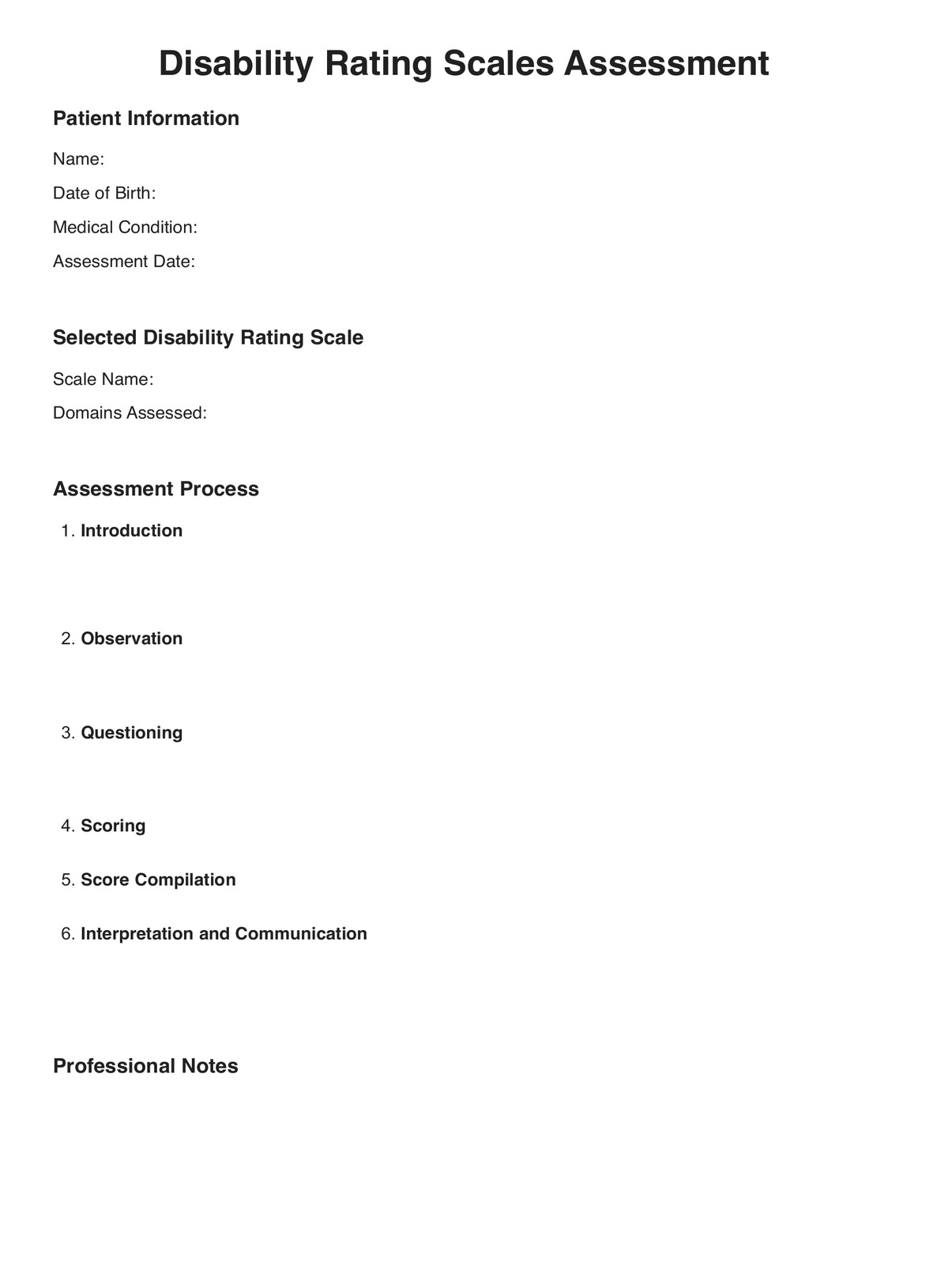
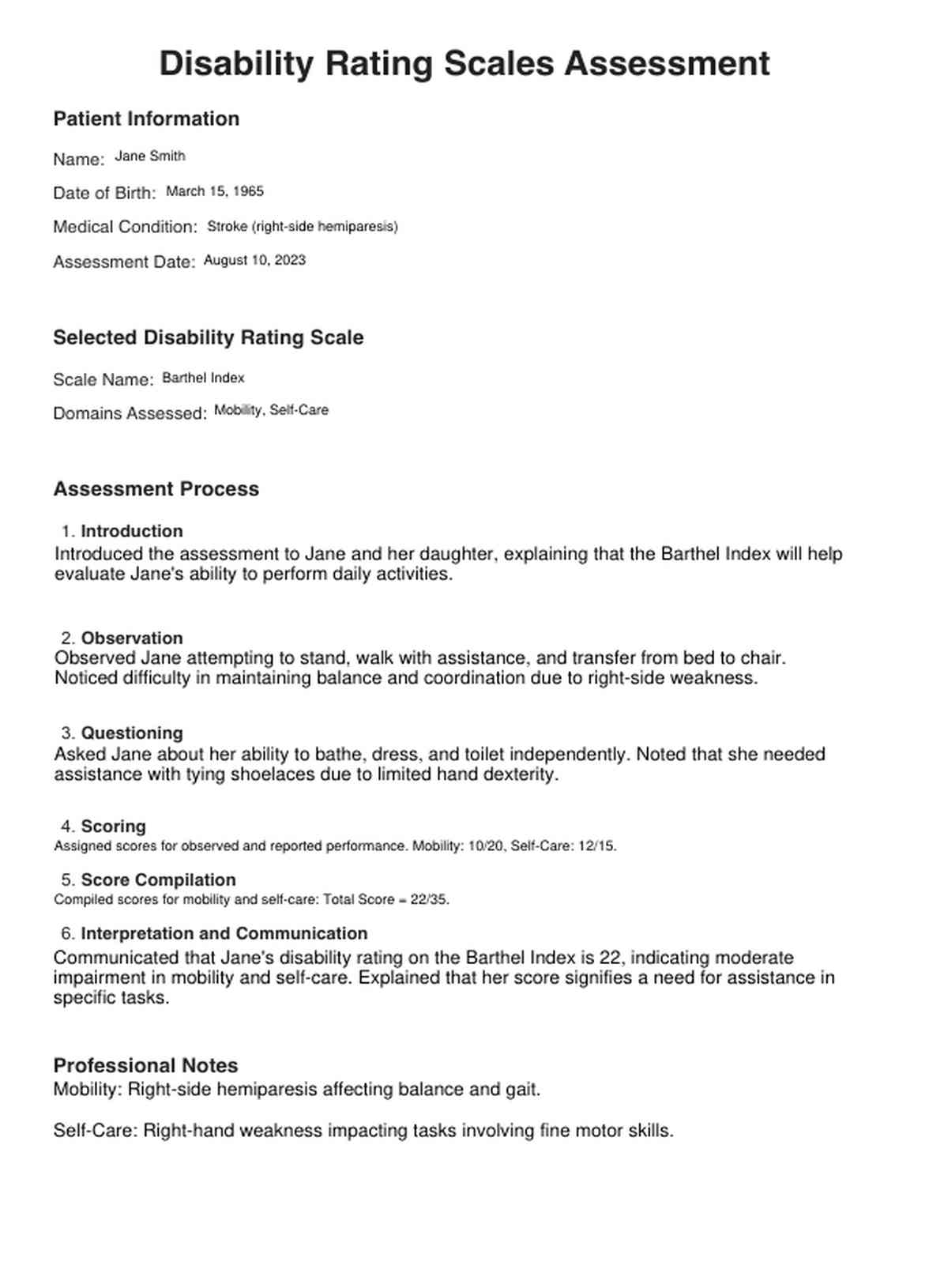

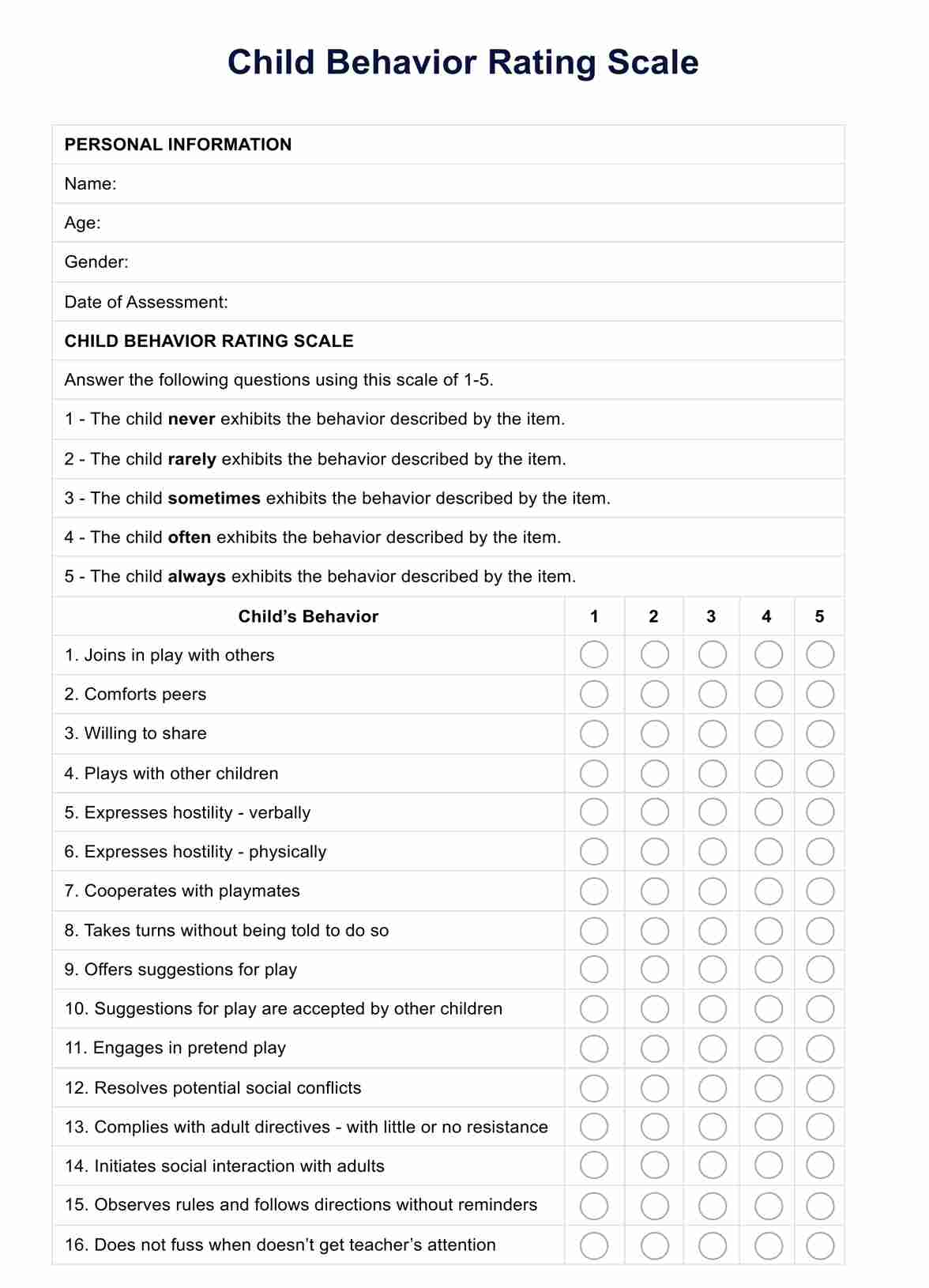

















-template.jpg)

















































































